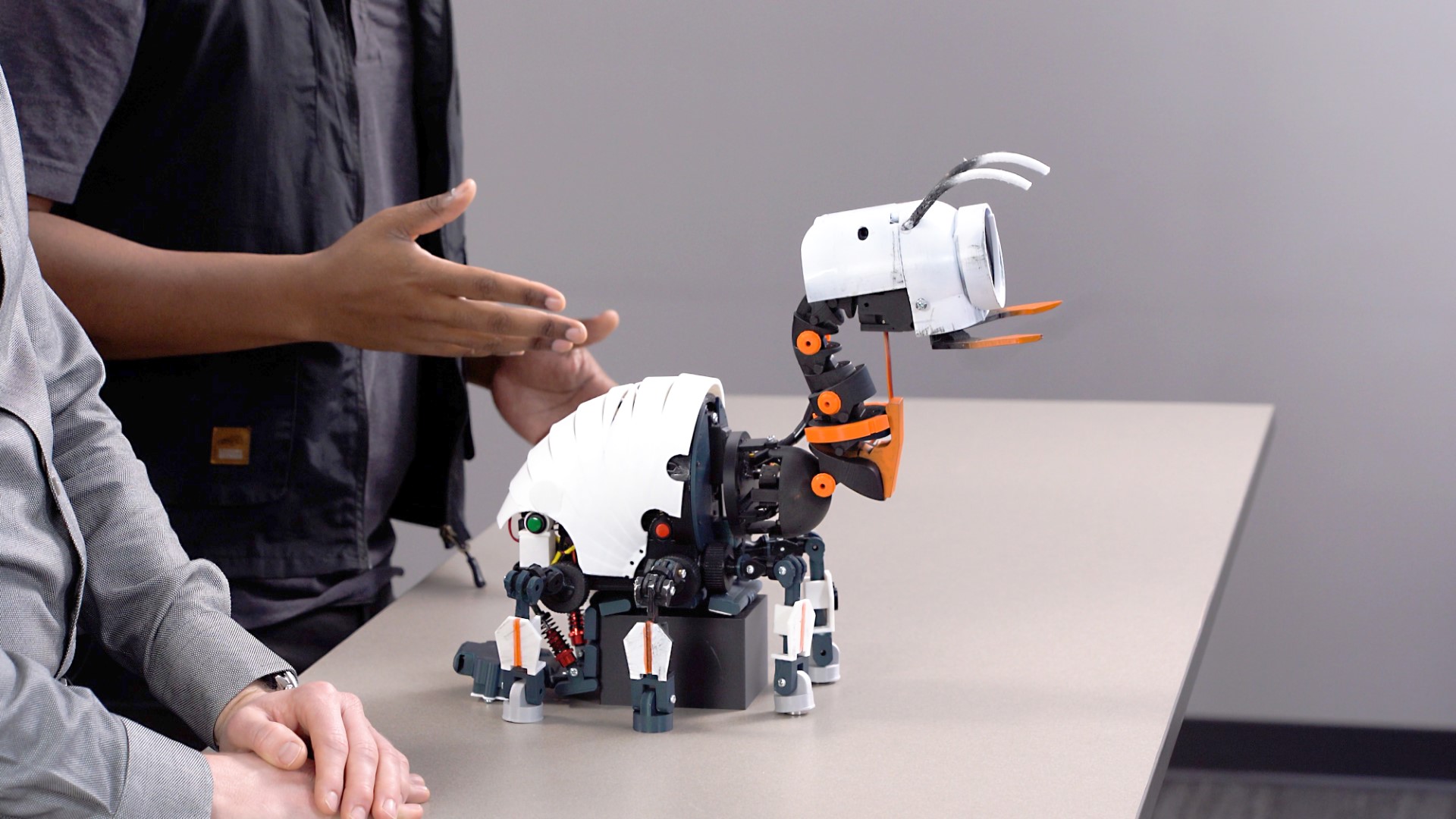
In today’s world, we’re constantly bombarded with information through the media and social platforms. The Illusory Truth Effect is a concept that explains why repeated exposure to information can make us believe it’s true, even when it isn’t. This is particularly important to understand in a time when fake news, misinformation, and biased reports are everywhere.
What is the Illusory Truth Effect?
The Illusory Truth Effect is when we start to believe something is true simply because we hear it over and over again. It doesn’t matter if the information is false or misleading—the more often we hear it, the more familiar it becomes, and we are more likely to accept it as fact. This is a huge issue in today’s media landscape, where misinformation spreads easily, especially on social media.
Why Is It Dangerous?
The Illusory Truth Effect is dangerous because it makes it easy for fake news to spread. Even if we doubt something at first, hearing it repeatedly can change how we see it. This effect can lead to false stories or hoaxes being accepted by the public, as we’ve seen with many viral rumors or conspiracies online. It also plays into the divide we see in society today. If someone hears a story that fits with their beliefs and hears it repeatedly, they are more likely to believe it and dismiss anything that contradicts it. This leads to polarization, where people live in echo chambers, only hearing what supports their views.
This effect doesn’t just impact our beliefs—it also impacts how companies and politicians use repetition in ads and campaigns. Repeated slogans or messages can influence us without us even realizing it, shaping how we vote or what we buy.
How It Affects Society
The Illusory Truth Effect can harm society by spreading misinformation that influences important decisions like voting or purchasing. In a democracy, we need to make decisions based on facts, but when false information is accepted as truth, it weakens our ability to make informed choices. This harms trust in the media, the government, and other institutions that we rely on for accurate information.
It also affects people differently. Older generations, who may not be as familiar with social media, can be more influenced by traditional media. Meanwhile, younger people are exposed to a wider range of information, but that also means they’re more likely to encounter fake news. For marginalized groups, the Illusory Truth Effect can be even more damaging, as false stereotypes about them can spread, leading to discrimination or violence.
Personal Impact
On a personal level, I can see how the Illusory Truth Effect influences how I process information. It’s easy to start believing something just because I hear it often, especially with social media constantly updating news and opinions. This is why it’s so important to be critical of what we see and hear and to check facts before accepting something as true. I also think about how my friends and family, especially those who aren’t as careful online, might be influenced by this bias.
Conclusion: What Can We Do?
To fight the Illusory Truth Effect, we need to become more careful about what we believe and share. We should always check multiple sources to verify information before accepting it as truth. It's also important to educate others about how repetition can trick us into believing false information. By doing this, we can reduce the impact of misinformation and help people make more informed decisions.
As we continue navigating the digital world, we must stay aware of how easy it is to be influenced by the Illusory Truth Effect. Understanding how repetition shapes our beliefs can help us protect ourselves and society from harmful misinformation.







